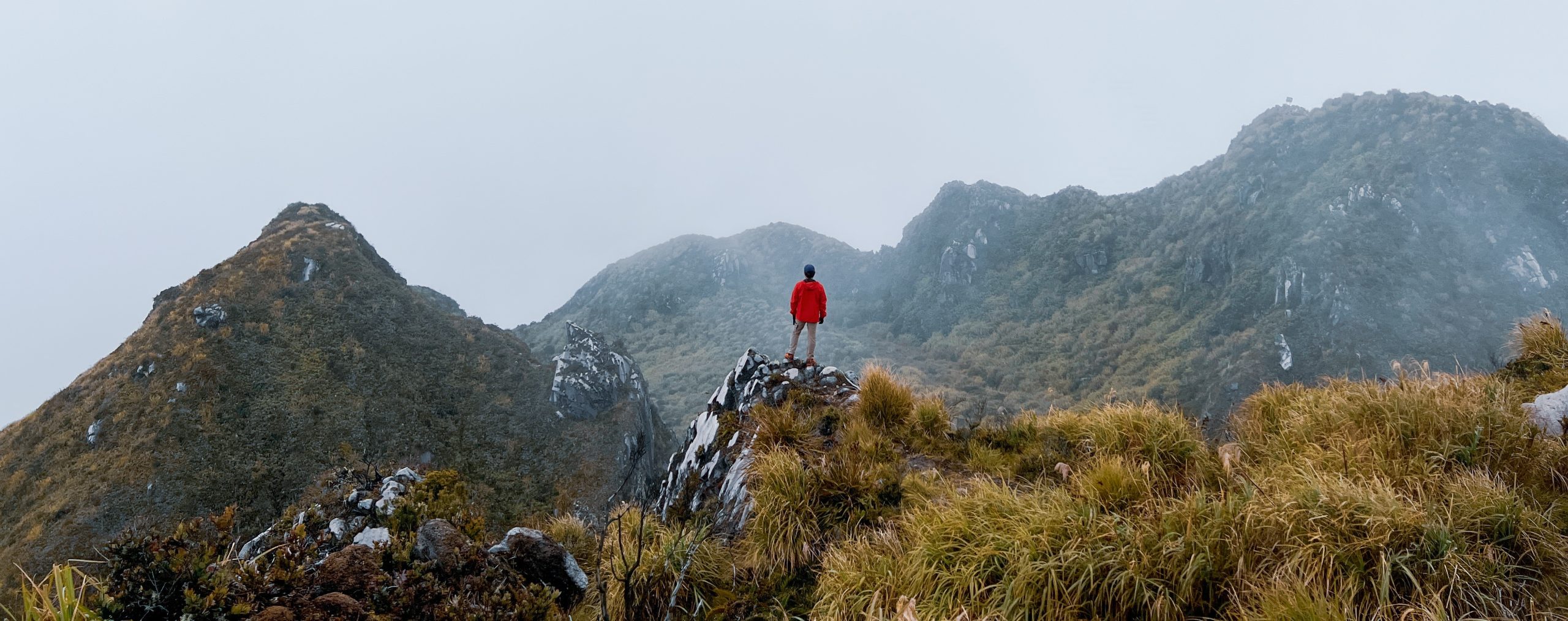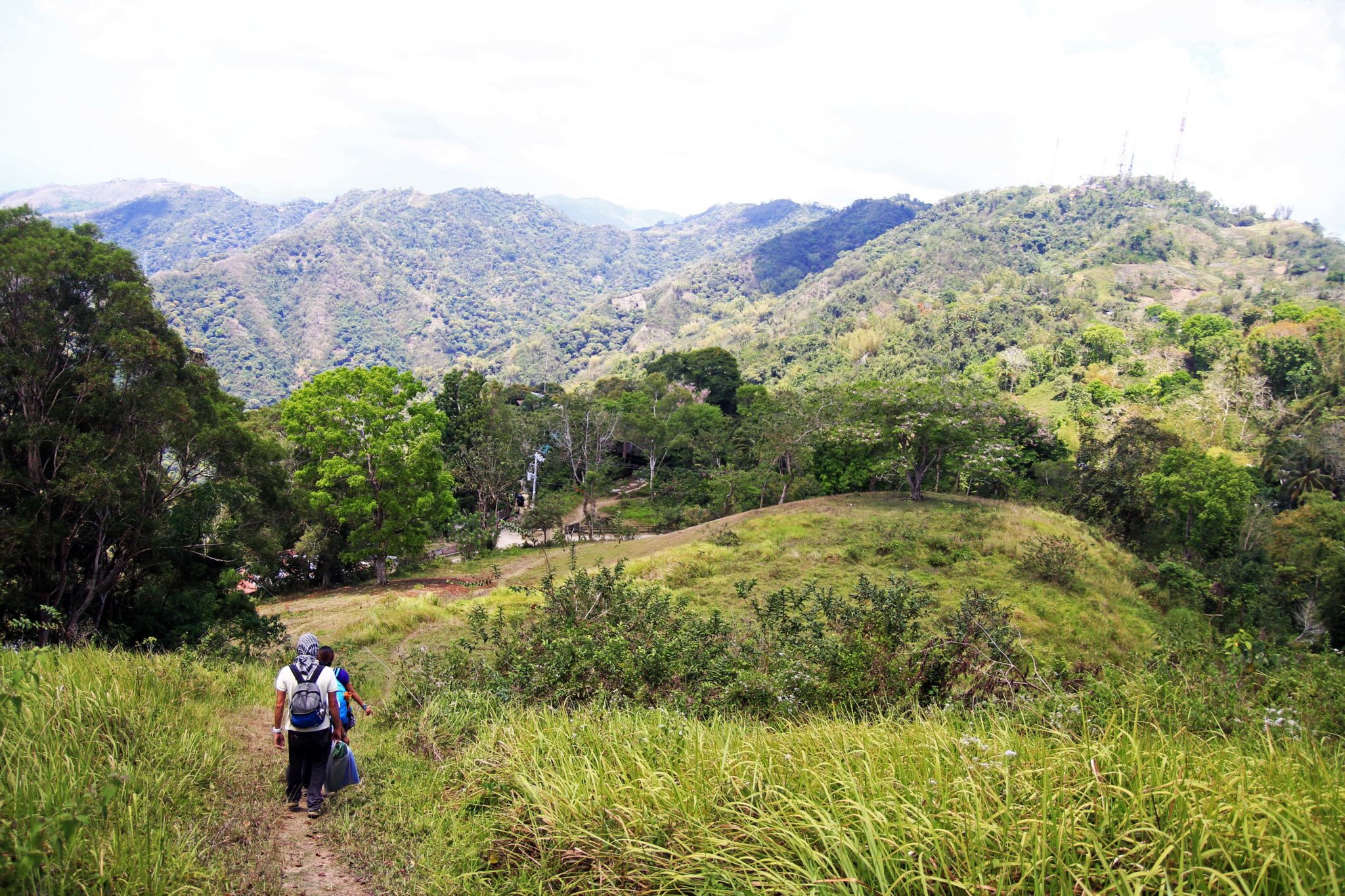Trail Tweaks: How to make your Camping Experience more comfortable?

Waking up outside, in the midst of the forest, near the riverbanks, in an open field surrounded by trees, is always memorable. For some, the camping experience gets even better when you have a good night sleep. Of course good night sleep comes with a comfortable camping bed.
Most common complaint from campers for not having a good camping experience is due to weather, camping site, and improper equipment. Furthermore, most complaints for not having a good night sleep is due to an uncomfortable camping bed, heavy rains and loud noise. Here are few tips to make your camping experience more comfortable.
1. Choose the right tent
Choosing a tent when camping, backpacking or going to the beach is really important. You should consider the conditions you’re likely to encounter, the number of people you need to accommodate and the weight and bulk you are willing to carry after all we are still talking about how to make camping experience more comfortable
-
Camp site location
If you are going to camp in the beach, do not use you’re trekking/backpacking tent as the poles are mostly aluminum. Saltwater can cause the poles to be brittle. Use beach tents instead when camping at the beach.
-
Seasons and Conditions
There are 4-season, 3 – season and 2-season tent. Since we only have dry and wet seasons here, we can just use the 2-season or 3-season tent. Also, when camping during stormy seasons, better use low laying tent like the tadpole or the sniper type to prevent it from being broken.
2. Check the weather forecast
Always check the weather forecast as this can help you prepare ahead what to expect and what are the necessary things to bring. For rainy forecast, you can read a beginners guide for rainy treks by Foureyedlaagan.
Beginner’s Guide for Trekking on a Rainy Season
3. Bring Equipment/gears for comfort
Tent sharing is advisable especially for major climbs to optimize the load distribution of each participant. Just imagine you are having a multi-day trek and each will bring an individual tent say having an average weight of 1.5kgs per tent. 1.5 kgs in an 8-hour trek can really make a difference. Another purpose of tent sharing is to have extra person and space for the equipment for comfort listed below
- Warmers – heat tech, spare jackets, fleece hats, scarf, neck warmer
- Sleeping bag – preferably few degrees below the expected temperature.
- Sleeping pad – this can be used as an insulator between you and the ground at the same time, a big help when camping on rough or rocky site. Samples are: Closed – cell foam, air filled pads and self-inflating pads.
- Inflatable Pillows – to add comfort on your sleep you can bring inflatable pillows.
4. Stay warm and sleep warm
It’s really hard to stay happy, move around and feel comfortable when you’re too cold, too hot or too wet right? Outdoor fun, after all, is meant to be fun. Thus, choosing the right outdoor clothing can keep you comfortable and protect against potential dangers such as hypothermia.
Stay dry as much as possible as water conducts more heat better than air. Wet clothing can steal your heat faster because your body heat will be transferred away to your clothing at the same time as the water evaporate in your clothing, it will provide a cooling effect to your body thus stealing more of your body warmth.
Wear some windbreaker too, to block the wind from carrying your heat away on currents of cool air. Apply clothes layering to Trap heat.
Tips to Stay Warm:
- To supplement the clothing layering technique, wear a fleece or wool hat.
- Wear a scarf. Lots of our total heat loss occurs through our head and neck.
- Wear mittens instead of gloves if possible as mitts are warmer than gloves because your fingers share their heat inside.
- Ensure your shoes, boots, socks, gloves are not too tight because you need a good blood circulation that is essential to keeping your feet and hands warm.
- For extremely cold campsites and or trails, when your fingers feel like blocks of ice already, just swing your arms in wide circle as fast as you can to push enough blood into the fingertips, thus keeping it warm.
- Last but most important is you have to eat regularly and keep yourself hydrated.
Tips to Sleep Warm:
- Have a sleeping bag preferably rated few degrees colder than your expected temperature to encounter where you’re camping
- Empty your bladder before going to bed. Having a full bladder while sleeping can result a disturbance in between your sleep and your body will expend much energy keeping the extra liquid warm.
- For extra cold campsites, wear your hat to bed, better if you have that fleece hat.
- Wear your neck warmer if you have. Use your spare gears like jackets to add extra insulation if you do not have thick ground pads.
- Before you get into your sleeping bag, have a quick exercise to warm up.
- If you still feel cold, use warm water bottle. If you don’t have any, body heat is the best next thing to prevent potential dangers of hypothermia. Ask your tent mate kindly to keep closer to get some heat. When it comes to worse, tell your tent mates you really feel cold and maybe an additional insulation could fix it. If you’re both comfortable, a hug will do.
5. Select the proper tent site to make camping experience more comfortable
To have a great night’s sleep, selecting a tent site is crucial. You need to scope out the surroundings before pitching your tent. May you want to set up your tent in an area where you will catch the evening breeze to drive bugs away, or somewhere that you can catch directly the morning sun’s heat so you will be up early, these are some tips before pitching your tent.
Do not pitch tent on:
- The middle of the trail
- Near water basins that breeds bugs
- Fragile grounds
- Under the trees that might drop branches anytime
- Low areas that do not drain rainwater
Pitch tent on the following site:
- Smooth and leveled grounds. (You can try how flat it is by trying to lie down on the spot)
- Behind a good wind block
- Close to clean water source (if any)
- When camping near bodies of water, camp above the high tide mark or flood zone of a river
After pitching the tent, you can setup the additional comfort equipment/gears you had brought. Please live by the Leave No Trace Principle.

Have you been camping under different weather conditions? How was your experience? Leave your stories on the comments box below.







Well good to know that I cannot bring my new tent sa beach! tsk3. oh well..
Na inform gyud ko’s imong post master!
You’re a true master I must say. With all these tips you have provided you’re treading on the edge between excellence and the superbness, so wherever your feet might end up, you landed on greatness. I always find myself having a back pain and stiff neck whenever I sleep in my tent, maybe because I didn’t know much about which one to prepare just in case there are unseen adversities. Thank you for all these tips, I’ll surely bear them in mind cause this is genuinely a big help for me.
Tents are so expensive. But of course, quality products come with expensive prices. Never tried camping because there’s no comfort room. When I go to a hotel, I always check for the comfort room. :)))) Someday, I will take camping as a challenge before I turn 30. haha
ANDDD SA ASA GANI NA DAPIT IMO PICTURE SA TAAS? :3
That’s in Chalet Hills Marica.. ang pinaka duol na pede ka mag camping na overlooking sa City.
I’m gonna buy something like Rady’s tent. Hahaha. I’ve tried camping overnight at a beach. We arrived early morning so we chose a spot then had to move to another spot because it got so hot at noon time and we didn’t see it coming.
Ma shock guro imo kauban when you ask him or her to sleep closer. Hahaha. But I agree body heat is effective. Pero unsaon nalang kung nag solo ka, hug a tree nalang. LOL
Great tips as always Aj!
hhaha… yeah, Rady’s tent is nice and great for outdoors. And Oh! That was the common advise during the orientation for mountaineers going to Mount Pulag wherein the temperature could drop to as low as 5 degrees Celsius (well that was when we had our climb there), that to prevent hypothermia, if you have no proper insulation from the cold, you need to utilize body heat as last resort haha.. bahala daw ug magtalikod kung awkwardan na maghug.. hahaha
And it is encouraged to practice tent sharing when camping on extremely cold places or practice buddy system coz of unpredictable situations that might happen at least there will be someone to check you out.
Amazing! I agree with buddy system. There’s usually strength in numbers so it’s better to have someone to lean on and check on you from time to time. Thanks for the tips. Experience, really, is your best teacher.
I really wanna try camping so bad. I’m sure Jay and I will be camping soon, hopefully! Hahahah! We could really use these tips for us to have a lovely camping experience. Thanks for these great tips!
Well, I now know my tent isn’t really made for the beach, which is mostly where I camp out. huhu Thanks for the reminders kuya Arnold. Pwede rasad mag the moves sa body heat. pa cold kunuhay. hahaha
hahaha.. the moves jud? Haven’t tried that… 😀
If mag buy naman lang kog tent, katong same kang Rady! haha! And I suck at camping so I’m bookmarking this for future use/reference! Thanks thanks AJ!
Comprehensive, specific, informative and excellent tips very helpful for newbies! People might be overwhelmed and pressured to buy all these stuffs but they shouldn’t be because they can always share and buy gradually until they can complete the stuffs needed. Thanks for this trekker superstar master AJeh!
Ugh. This reminds me of my first climb. The first time I trekked was at Sirao peak not knowing it would be freezing cold in the morning! We had no blankets, no nice warm comforters, no jackets, no heaters, no warm anything! I thought I’d die out there via hypothermia but I woke up so that was a good thing. 😀
The first photo tho. Waking up in that view would feel really really good. Warmers would be my bestfriend during camping because I easily get cold and I tend to have cramps right away. Been to camping once rajud and it was near the beach. The wind was just right, wala pajud ko kadala ug anything to warm my self. Haha angatch kaayo! Naka survive raman pod tawn ko. xD
This is one of the most informative blog post about camping I have ever read! Bringing the right gears and equipment is really important. Otherwise, camping won’t be enjoyable anymore. Hehe
Yay! Naa nakoy guide para maka help nako sa pag andam sa camping! Hehehe. Thanks ani AJ! 😀
Very practical tips! Would like to add something.
1. When choosing a tent, choose one with aluminum poles; the cheap fiberglass ones are too brittle. However, be reminded that all high-quality 3-season tents with aluminum poles is a hefty investment.
2. Always place a ground sheet before pitching a tent. The ground sheet insulates your tent from the cold ground and, at the same time, protects the tent floor from damage.
3. Setting up a tent during rainy season can be a true challenge. The best way is to first set up a waterproof tarp above the pitch area. Then pitch the tent under the tarp.
4. To avoid the loss of flip-flops or trekking sandals (animals and some really nasty pranksters can get them from your vestibule), place them under the tent when you sleep.
5. In extremely cold mountains (such as Mt. Pulag or G2), you can use your pack as a leg warmer.
6. Cold air seeps through the vestibule. Block all openings of the vestibule with your backpack, shoes, and other equipment.
Hope this helps. Thanks!
Great list! With the trek that’s bound to happen within CBC, these things will surely need to be kept in mind! 🙂
After reading this article, I finally decided to change and buy a new tent. Also, thank you so much for this. Naa nakoy certain guide kung mag camping ko. 🙂
Good to know these tips. Yep, sleep is something that I’m concerned about when trekking. Of course, there’s how many times maligo in a day? Hahahahaha.
Nice… I really do not mind a lot of these as long as I have an awesome tent mate. It will solve a lot of problems. A tent is like a relationship, storms may make it hard but if you have someone with you inside the tent, you just think the storm is just a really cold aircon which gives you a great excuse to cuddle.
I totally agree with the first. Our first camping was by the beach with a beach tent and, boy, was it uncomfortable. There was no proper ventilation so the breeze couldn’t get in. And we had a baby back then! We ended up sleeping in a sleeping bag outside the tent.